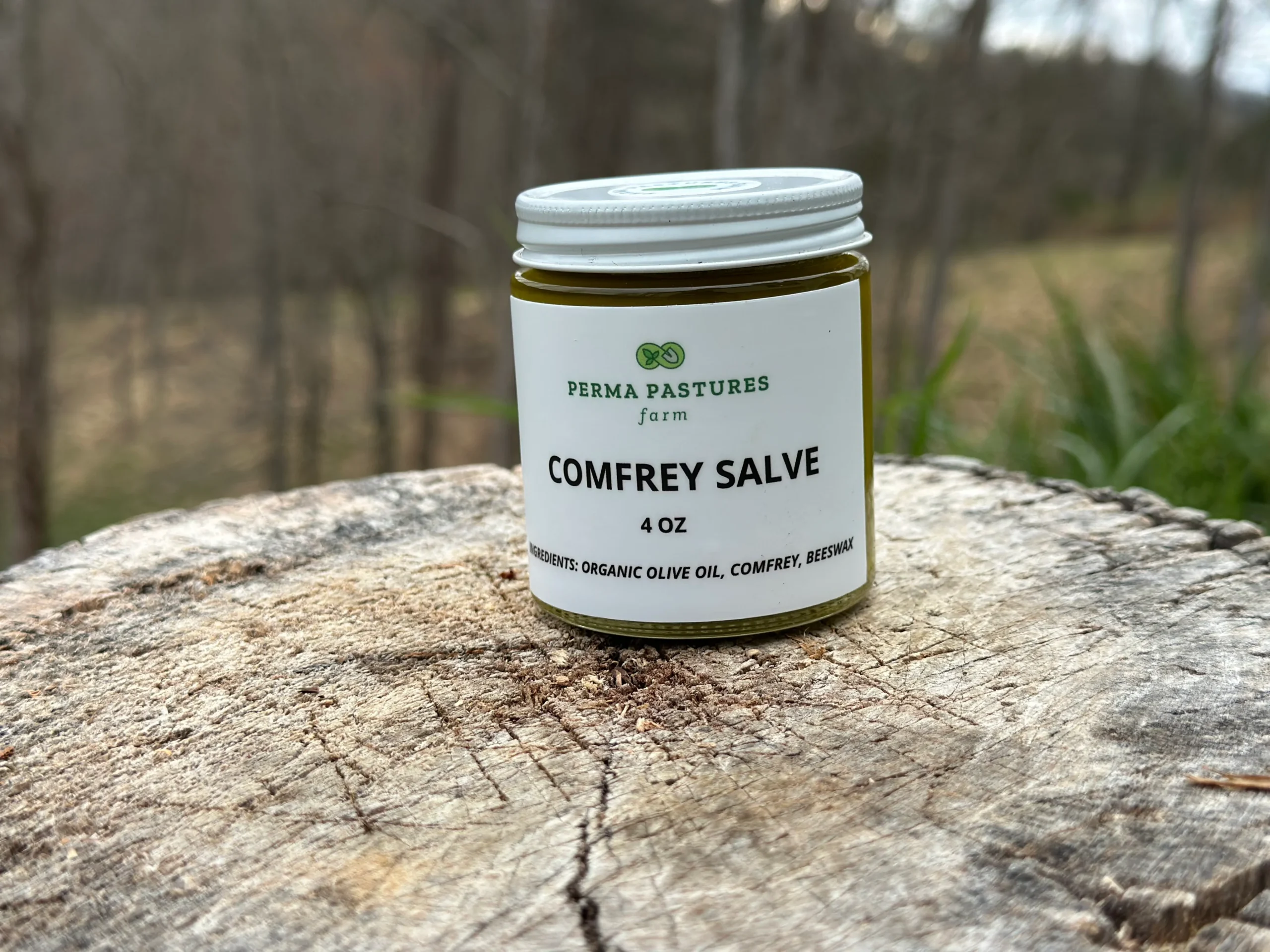Understanding Comfrey Salve: A Traditional Remedy With Modern Insights
Comfrey (Symphytum officinale) has long been celebrated for its skin-healing properties, earning the nickname “knitbone” for its reputed ability to help mend bones and tissues. Comfrey salve, crafted from its roots and leaves, is rich in allantoin, a compound believed to stimulate cell regeneration and promote healing. Dermatologists today are examining this ancient herbal remedy to understand its role in modern skin care routines.
Active Ingredients in Comfrey Salve and Their Effects on Skin
Comfrey salve contains several bioactive compounds, primarily allantoin, rosmarinic acid, and mucilage.
- Allantoin: Encourages the growth of new skin cells and helps reduce inflammation.
- Rosmarinic acid: Known for its antioxidant and anti-inflammatory effects, which may help calm irritated skin.
- Mucilage: Creates a soothing barrier on the skin that may reduce dryness and irritation.
Dermatologists agree that these constituents can contribute to wound healing and moisturization, though they caution that overuse or inappropriate application can lead to complications.
Benefits of Comfrey Salve Backed by Dermatological Observations
1. Supports Wound Healing
Many dermatologists acknowledge that comfrey salve may speed the healing of minor cuts, scrapes, and abrasions. Studies have indicated that allantoin may accelerate epithelial cell turnover, potentially reducing healing time.
2. Soothes Skin Irritations
Comfrey’s anti-inflammatory properties make it a candidate for relieving itching, redness, and mild dermatitis. Patients with dry, cracked skin often report immediate relief when using a high-quality comfrey salve.
3. Eases Muscle and Joint Discomfort
Although not strictly a skin condition, comfrey salve is sometimes recommended for muscle aches, sprains, and bruises due to its potential to reduce inflammation when massaged into the affected area.
Dermatological Concerns and Risks of Comfrey Salve Use
Despite the apparent benefits, dermatologists emphasize the need for caution when applying comfrey to the skin. The plant contains pyrrolizidine alkaloids (PAs), which are toxic to the liver if absorbed in significant amounts or used over large areas for prolonged periods.
1. Risk of Toxicity
Even topical application can potentially allow PAs to enter the bloodstream. Dermatologists recommend using comfrey salves sparingly and only on intact skin, avoiding use on deep wounds or large surfaces.
2. Allergic Reactions
Although uncommon, some individuals may develop contact dermatitis or allergic reactions after using comfrey salve. Patch testing is often advised before widespread use.
3. Contraindicated Populations
Pregnant or breastfeeding women and those with liver disease are generally advised to avoid comfrey products entirely, even topically.
Best Practices for Using Comfrey Salve According to Dermatologists
Patch Test First
Always apply a small amount of salve to a patch of skin and wait 24 hours to check for any signs of irritation or an allergic reaction.
Limit Duration and Area of Use
Do not apply comfrey salve to large areas of the skin or for more than 7–10 consecutive days without consulting a dermatologist.
Avoid Open Wounds
Use comfrey only on minor cuts and avoid applying it to deep or puncture wounds, as the rapid skin healing can trap bacteria inside and lead to infection.
Alternative Uses of Comfrey Salve in Dermatology
Some dermatologists explore comfrey salve as an adjunct therapy for conditions like eczema, psoriasis, and chronic dry skin, although these uses are not universally recommended due to the potential risks. When supervised by a healthcare provider, comfrey may complement conventional treatments.
Choosing a Safe Comfrey Salve
To minimize risks, dermatologists recommend selecting a product that:
- Uses PA-free comfrey extracts
- Is manufactured by a reputable company with transparent ingredient sourcing
- Includes clear usage instructions and safety warnings
Reading labels carefully and consulting with a dermatologist before incorporating comfrey salve into your skincare routine is crucial.
Conclusion:
While comfrey salve holds promise as a natural skin-healing aid, dermatologists emphasize using it responsibly. Its powerful biological activity means it should be treated with the same caution as pharmaceutical products. When used sparingly and appropriately, it can offer meaningful benefits for minor skin ailments. However, potential risks—particularly those related to pyrrolizidine alkaloids—underscore the need for moderation and medical guidance.


